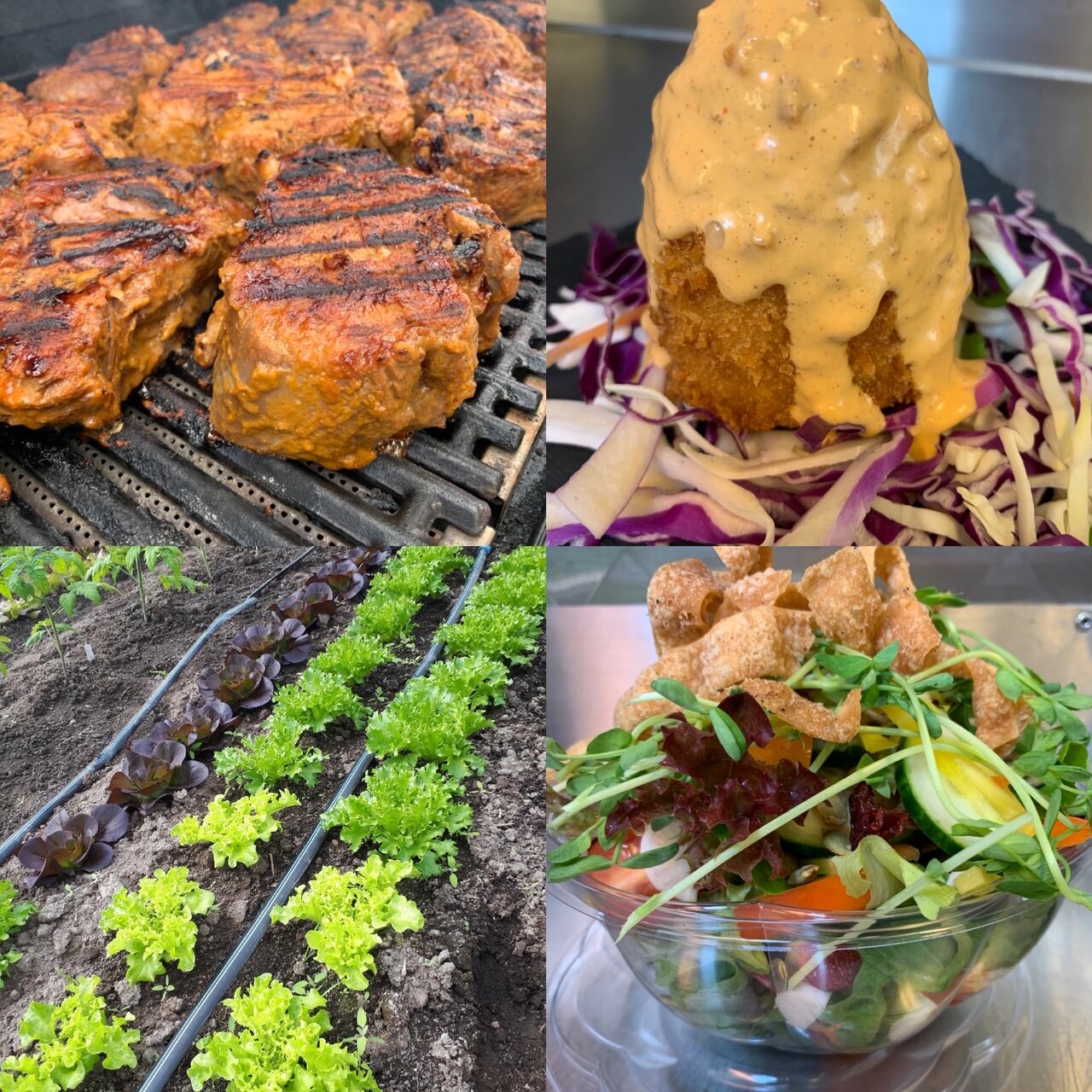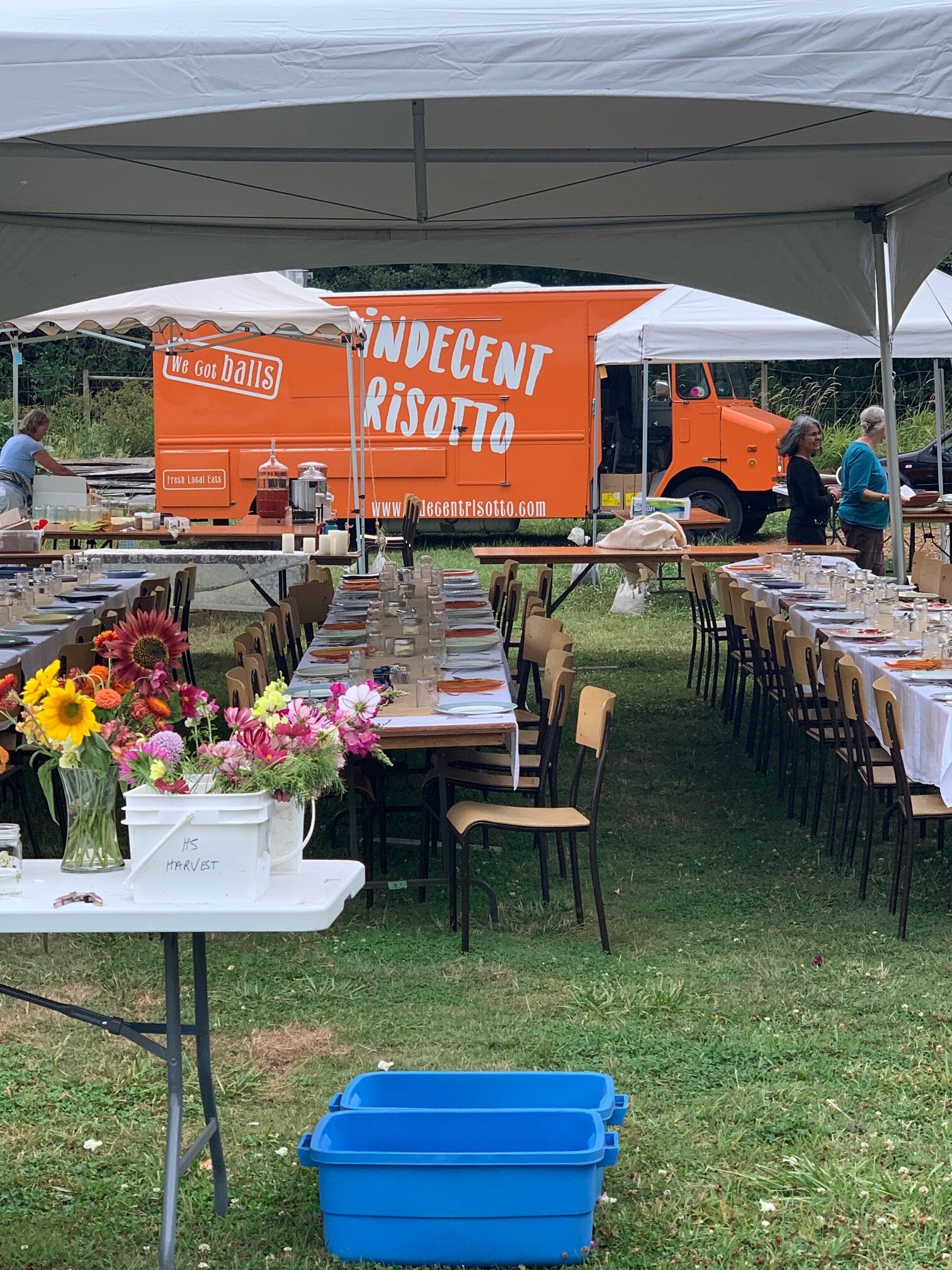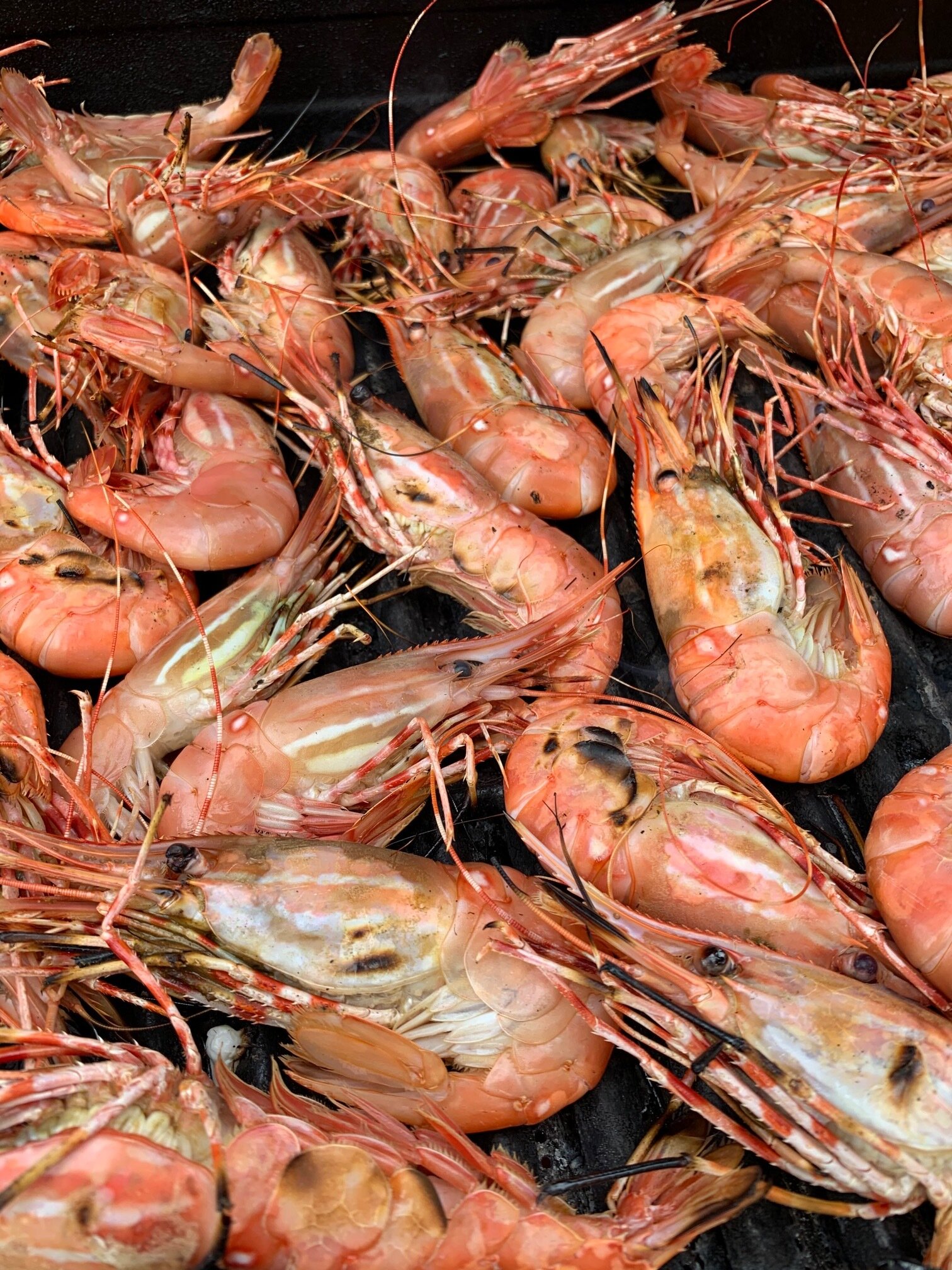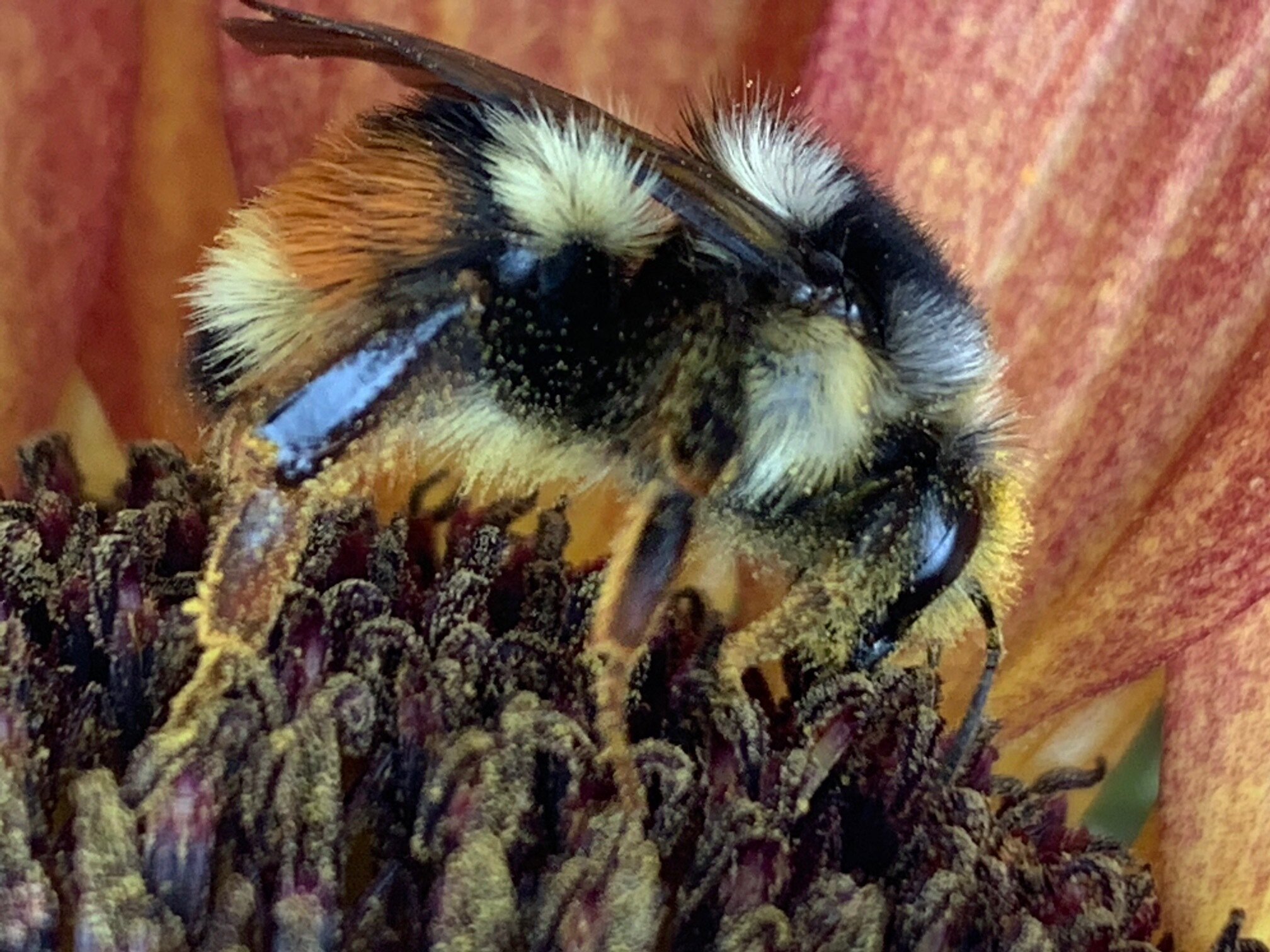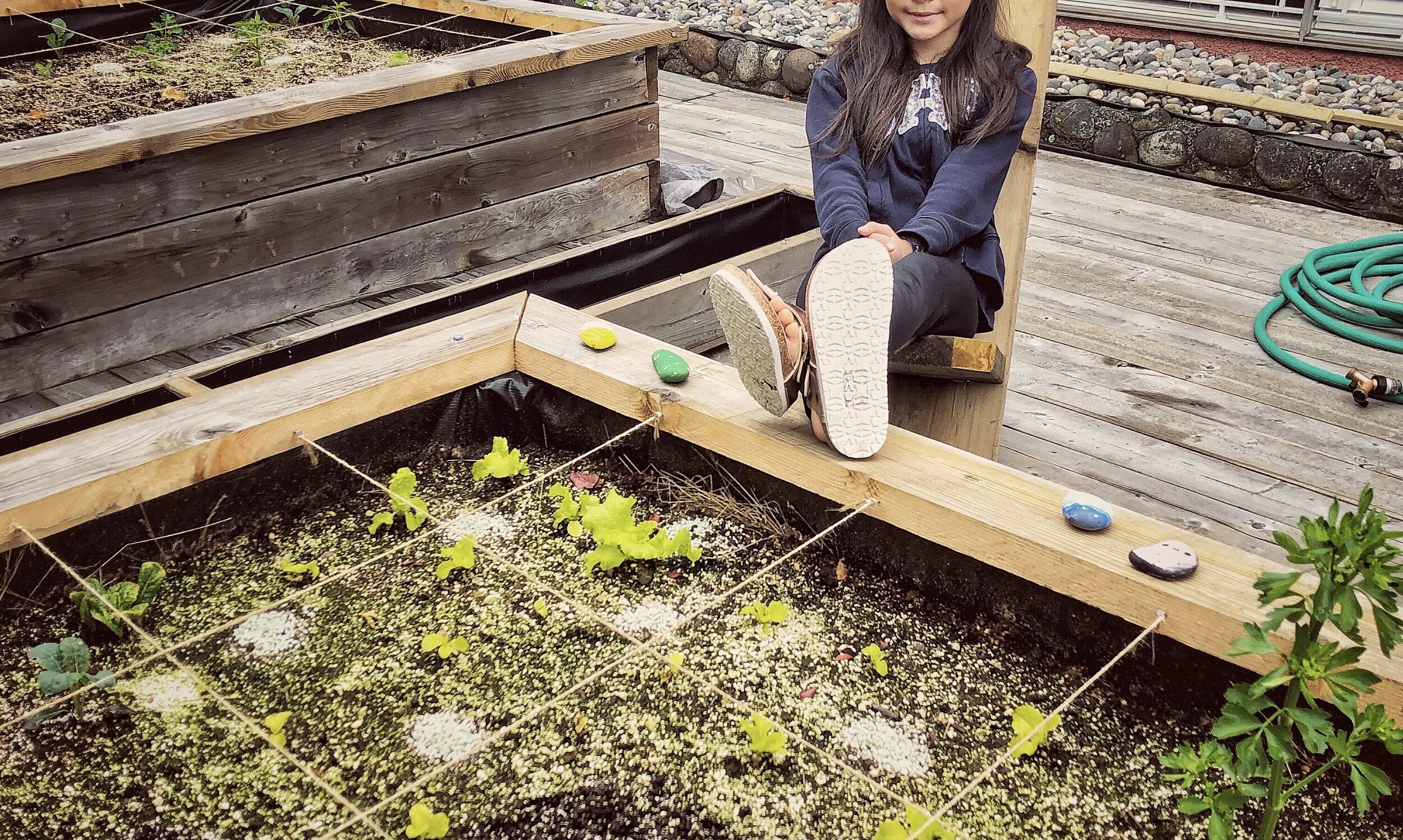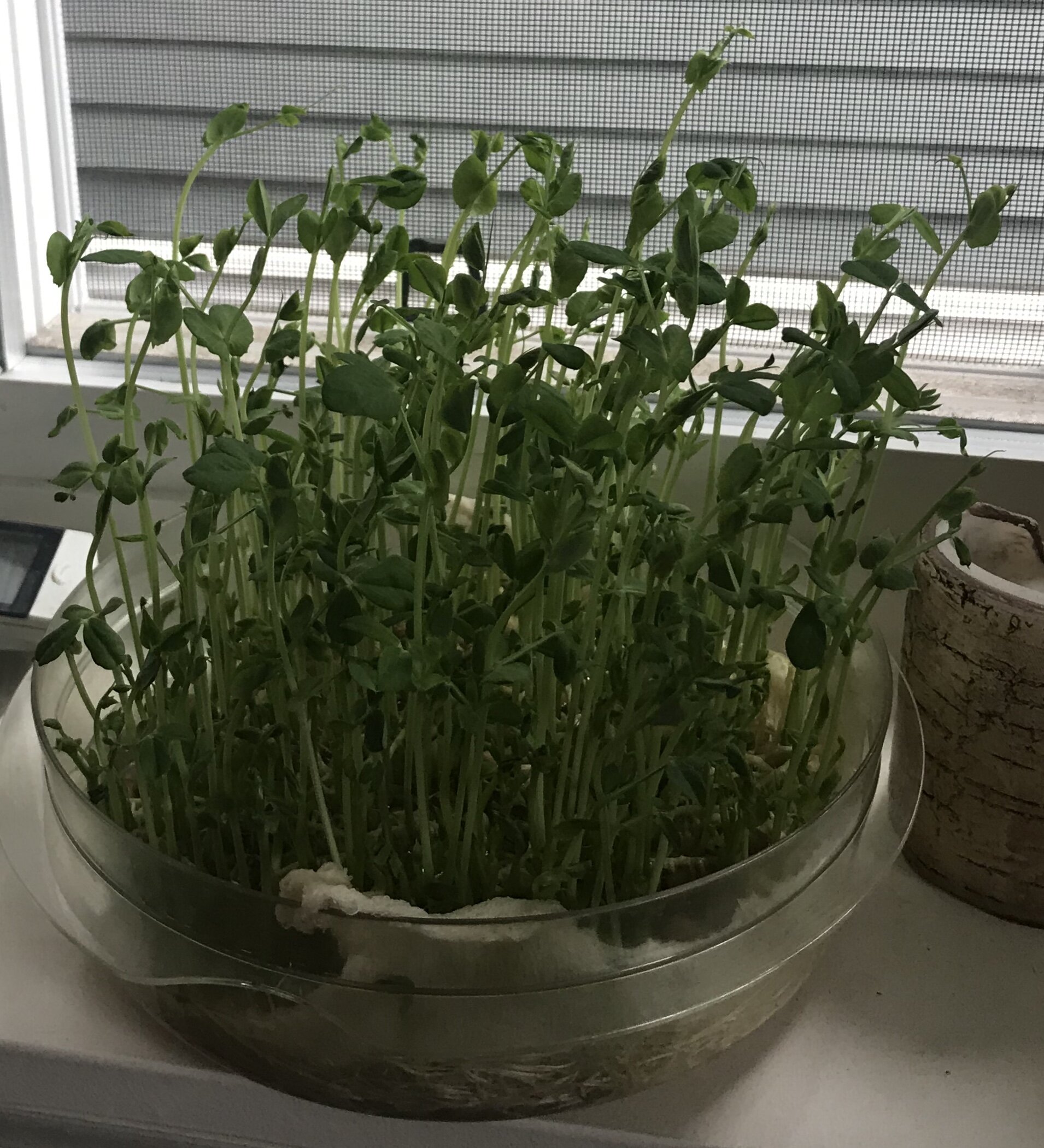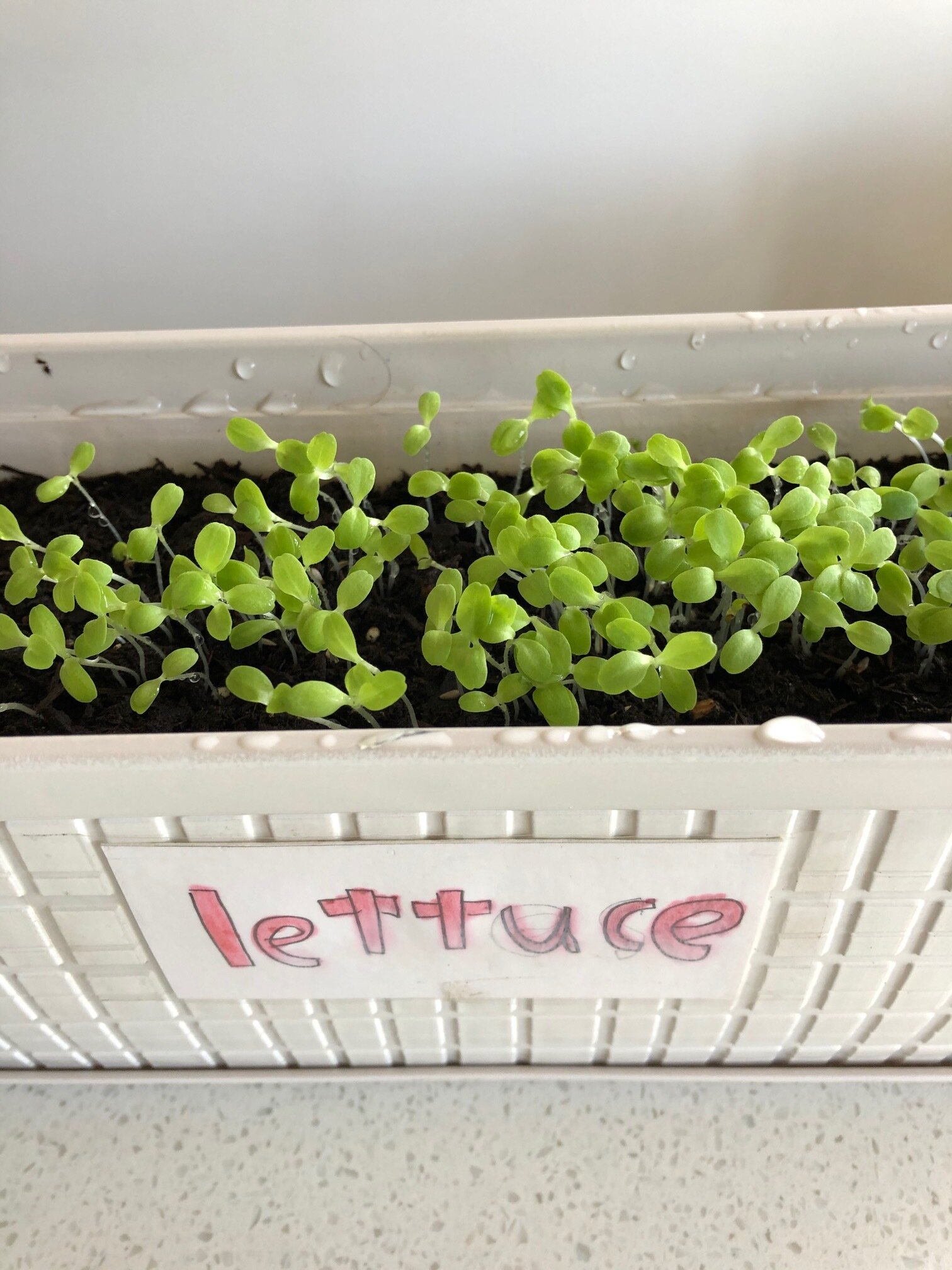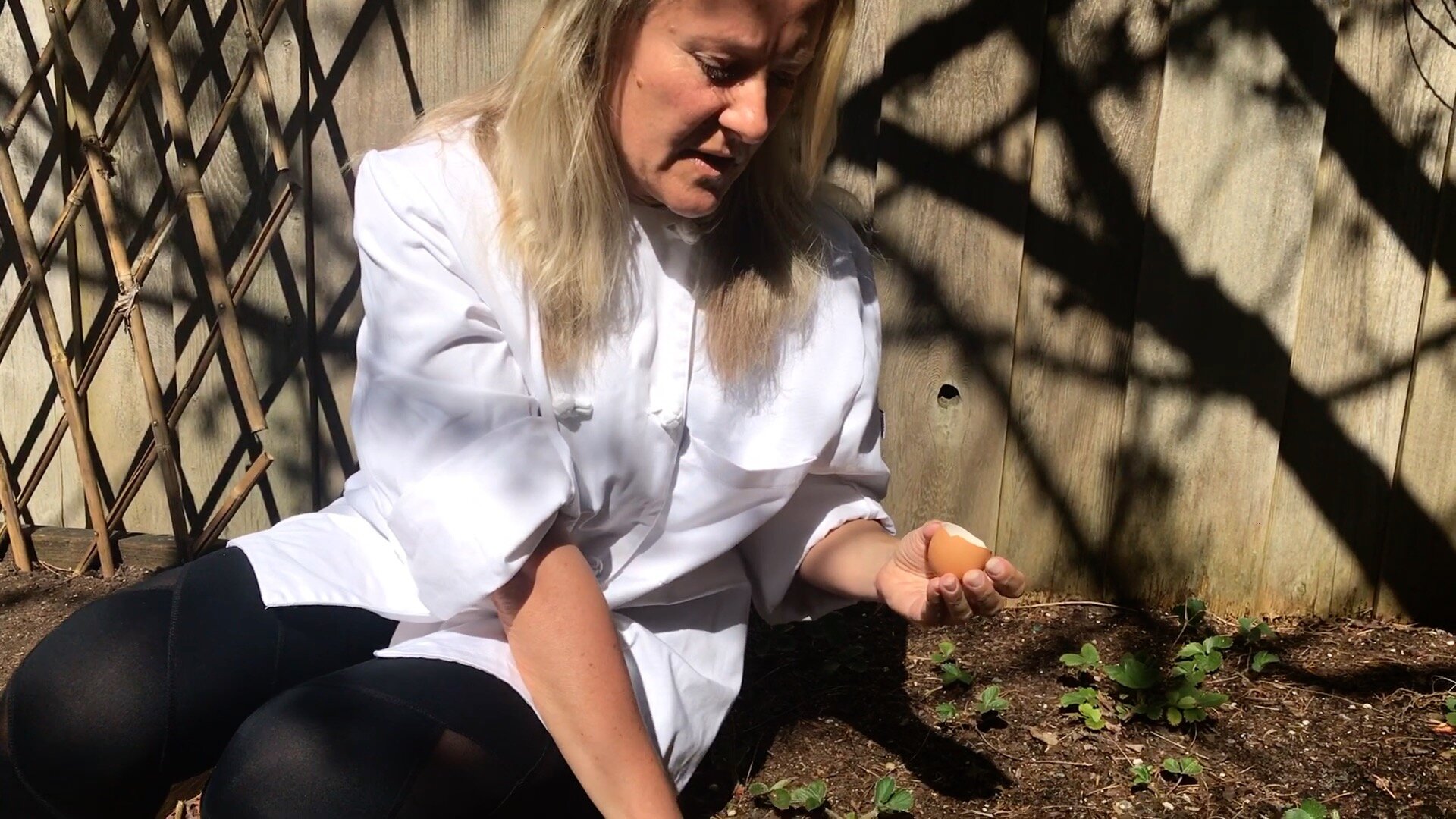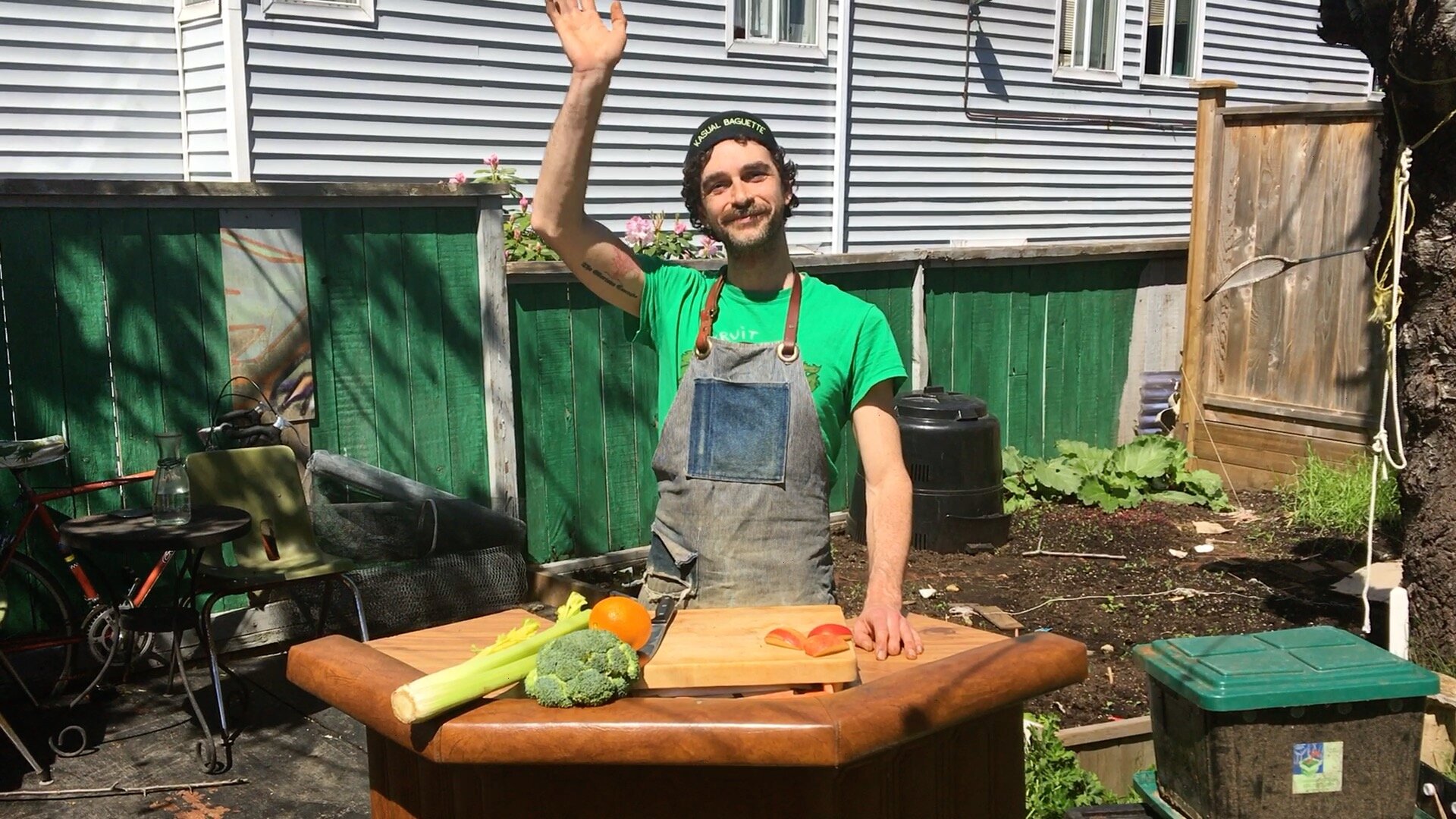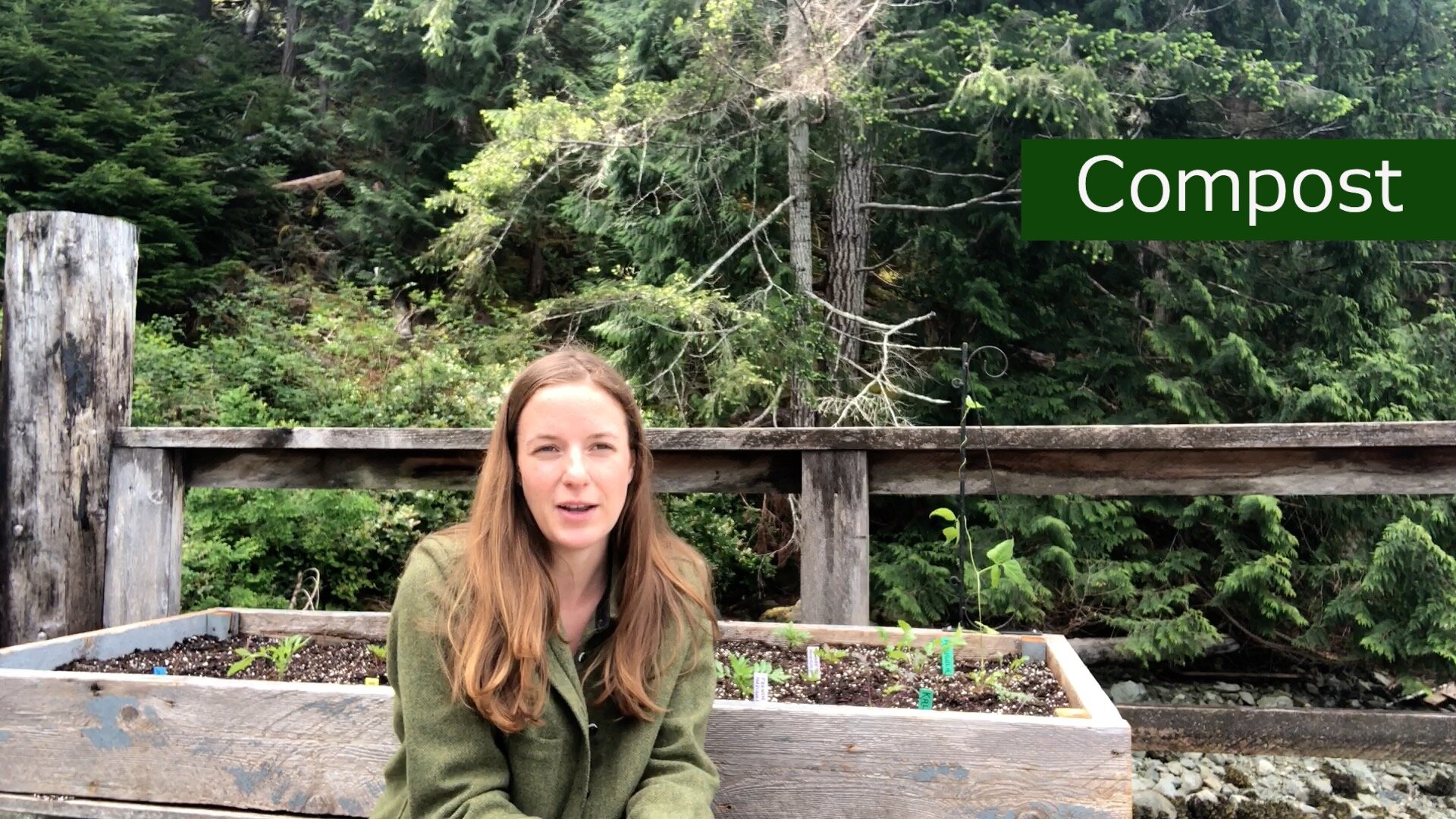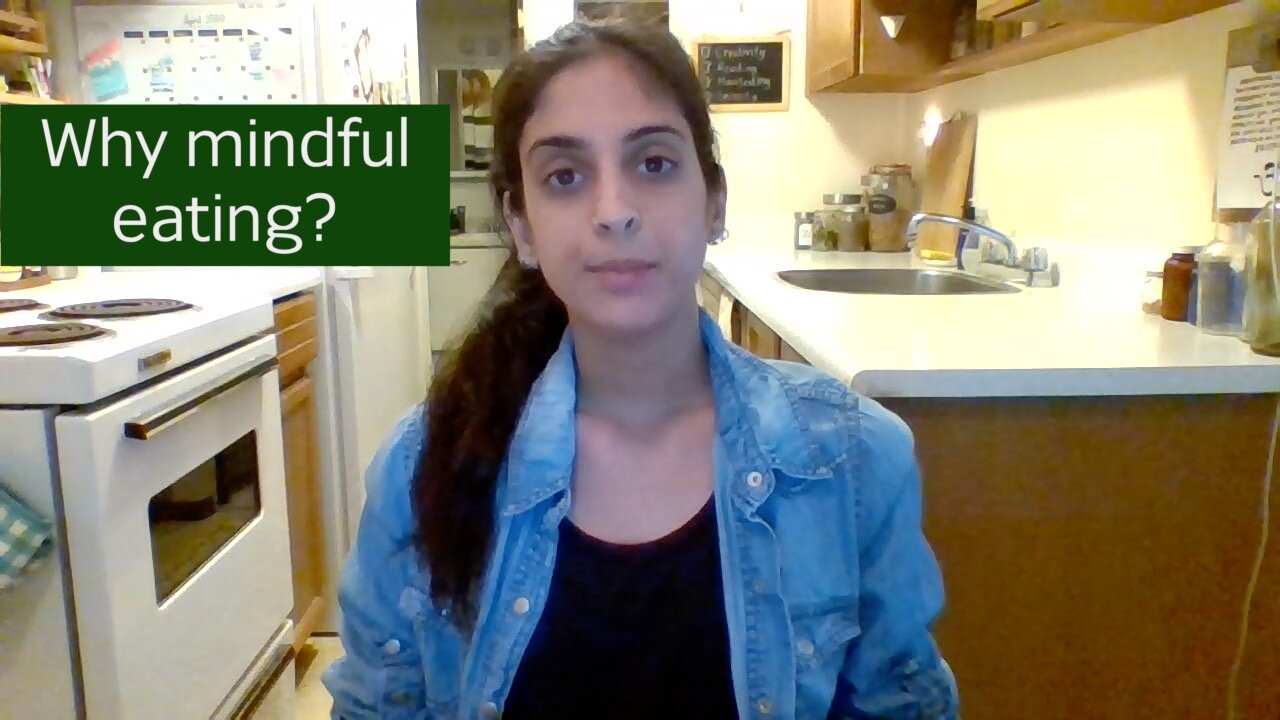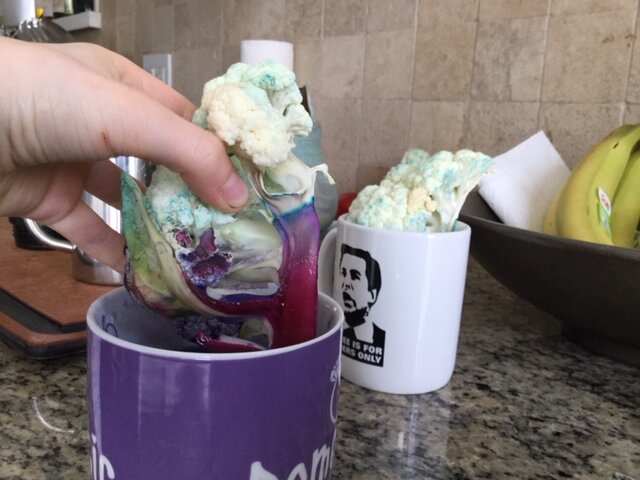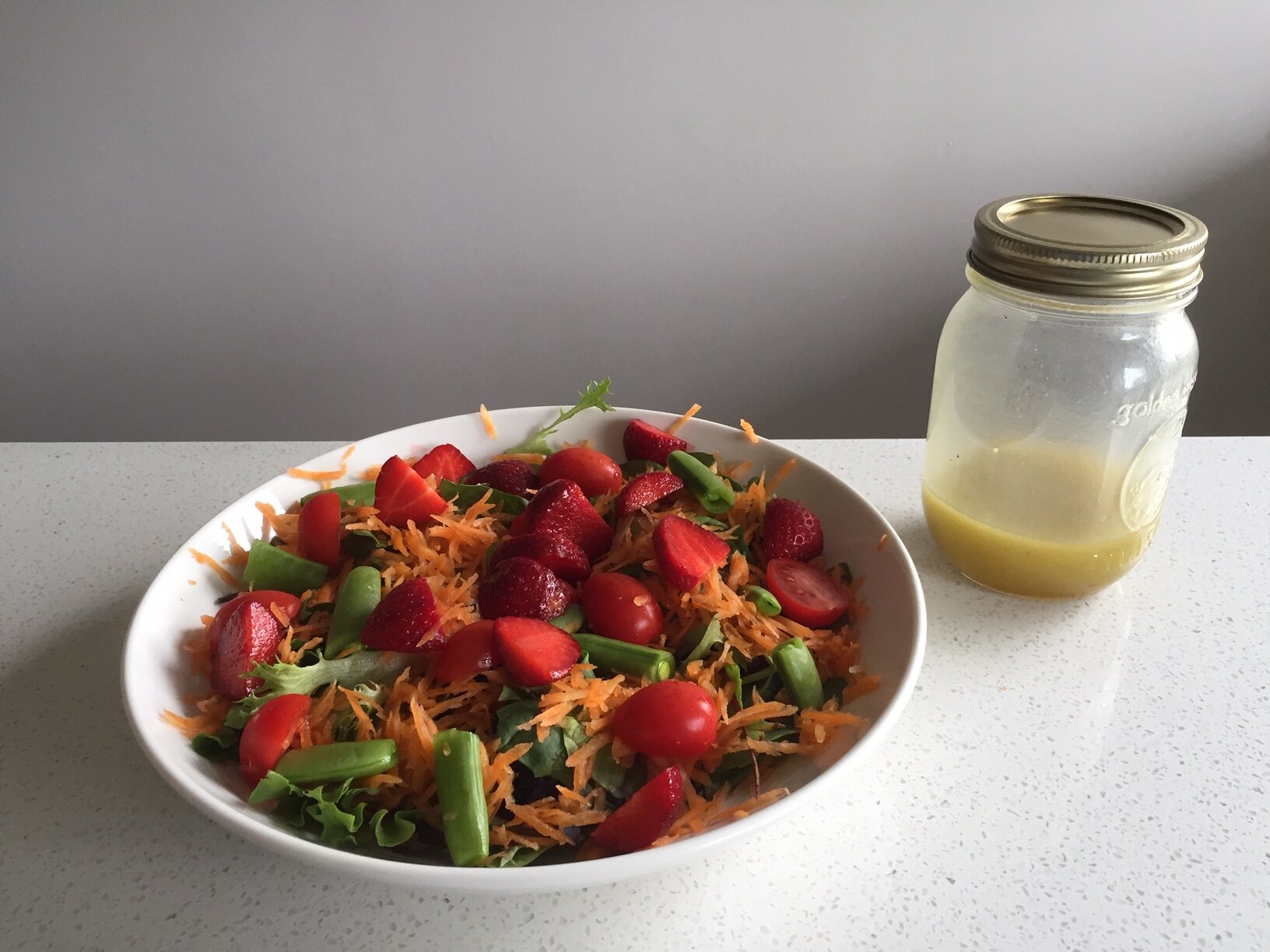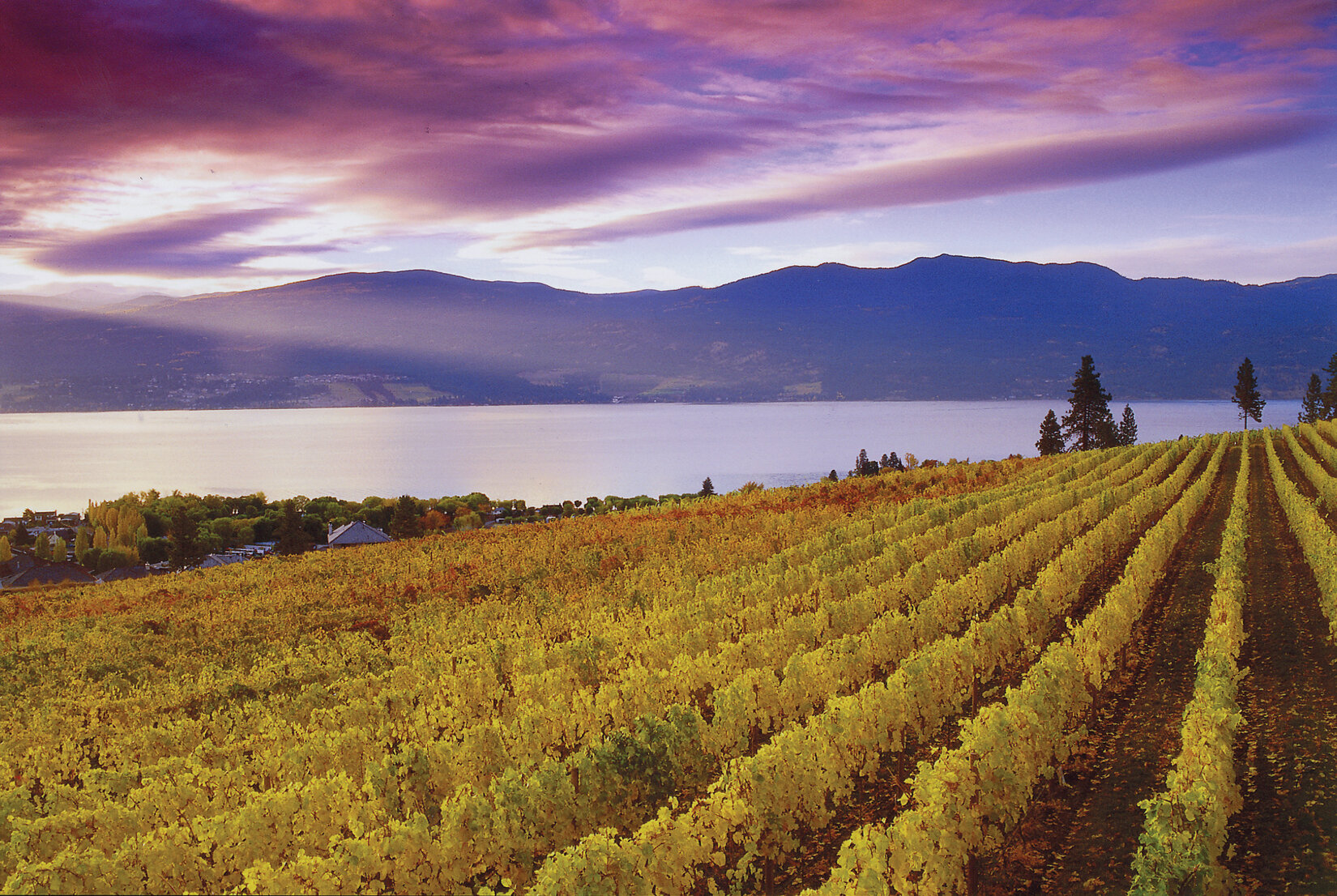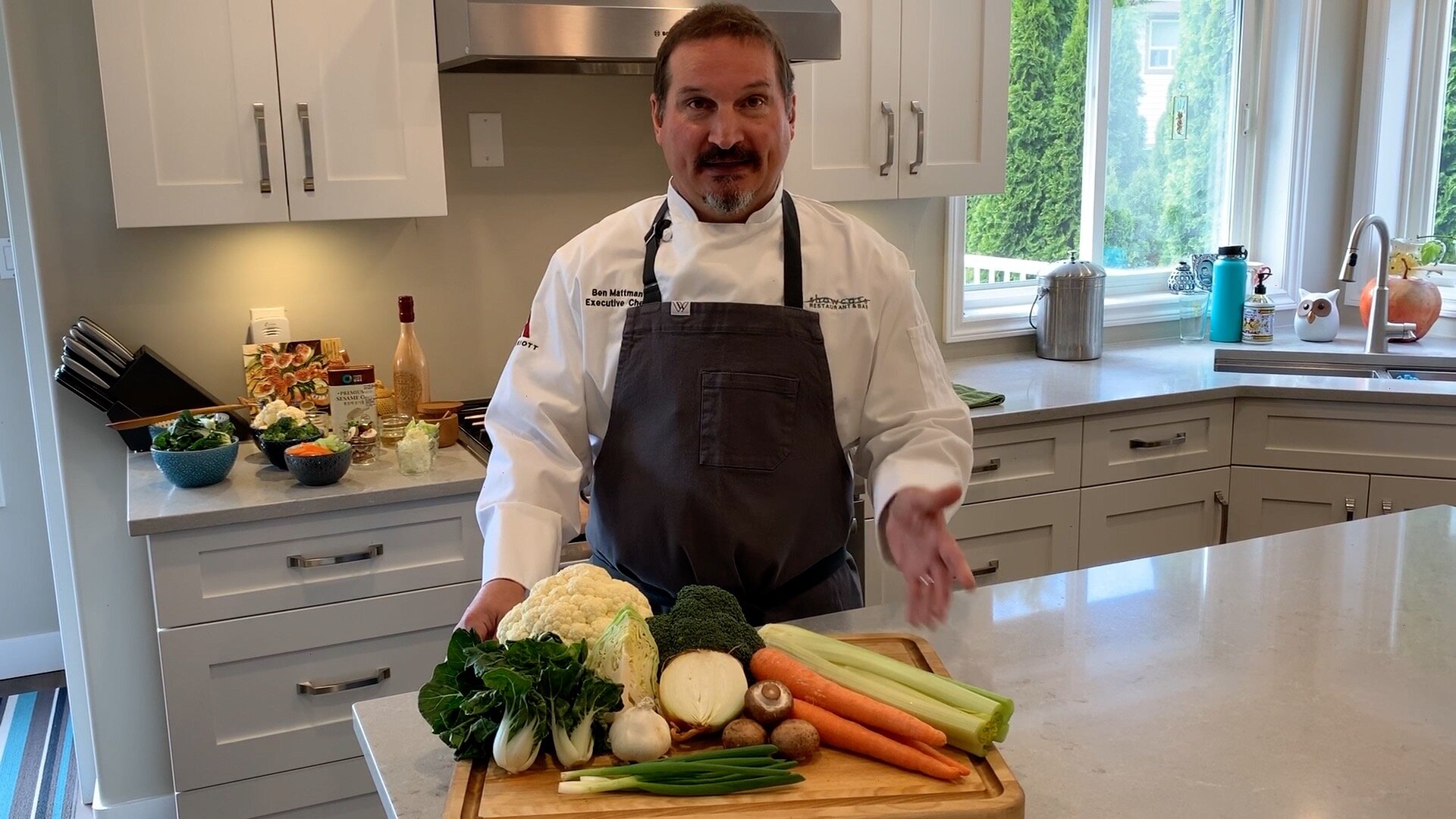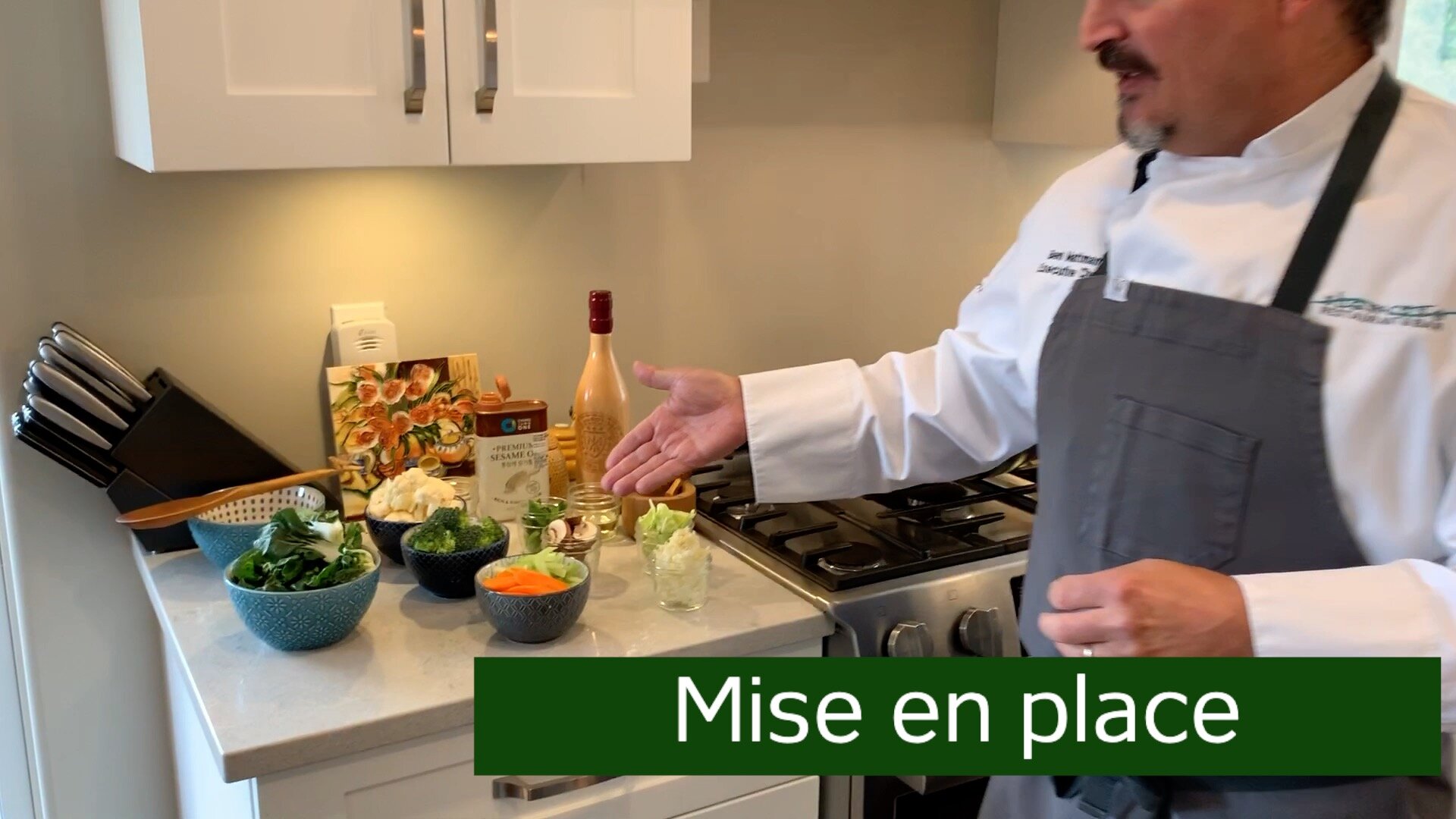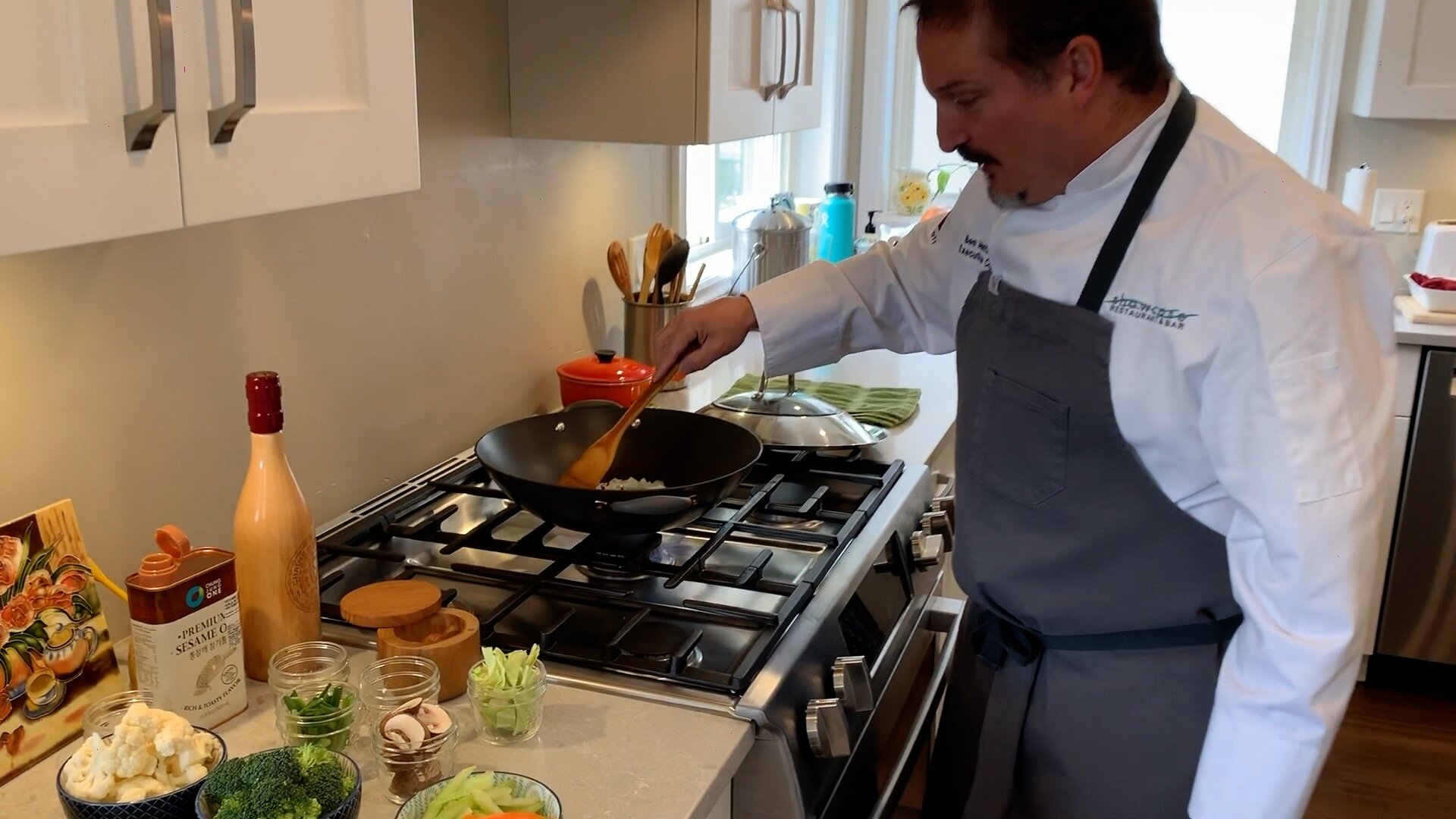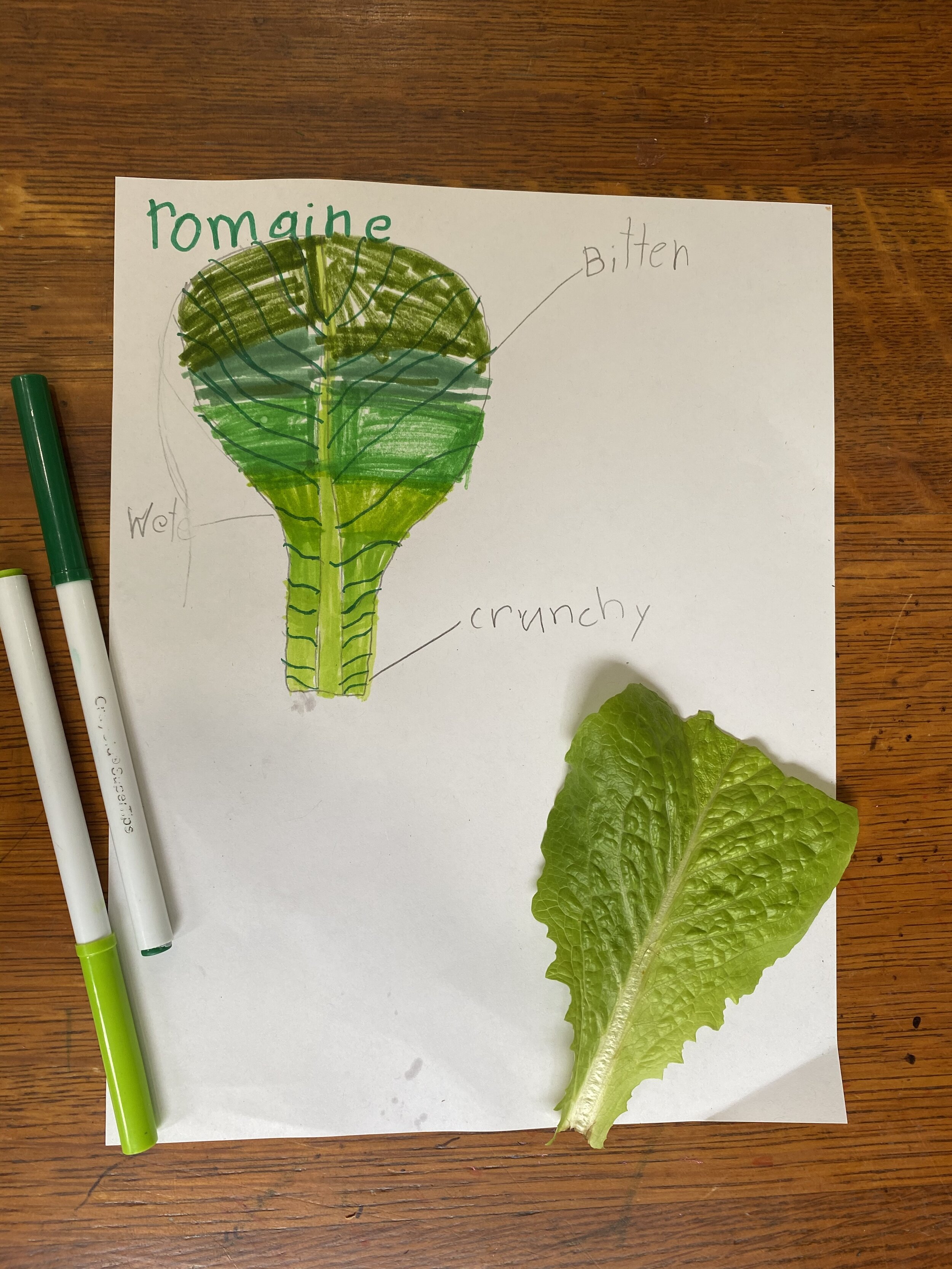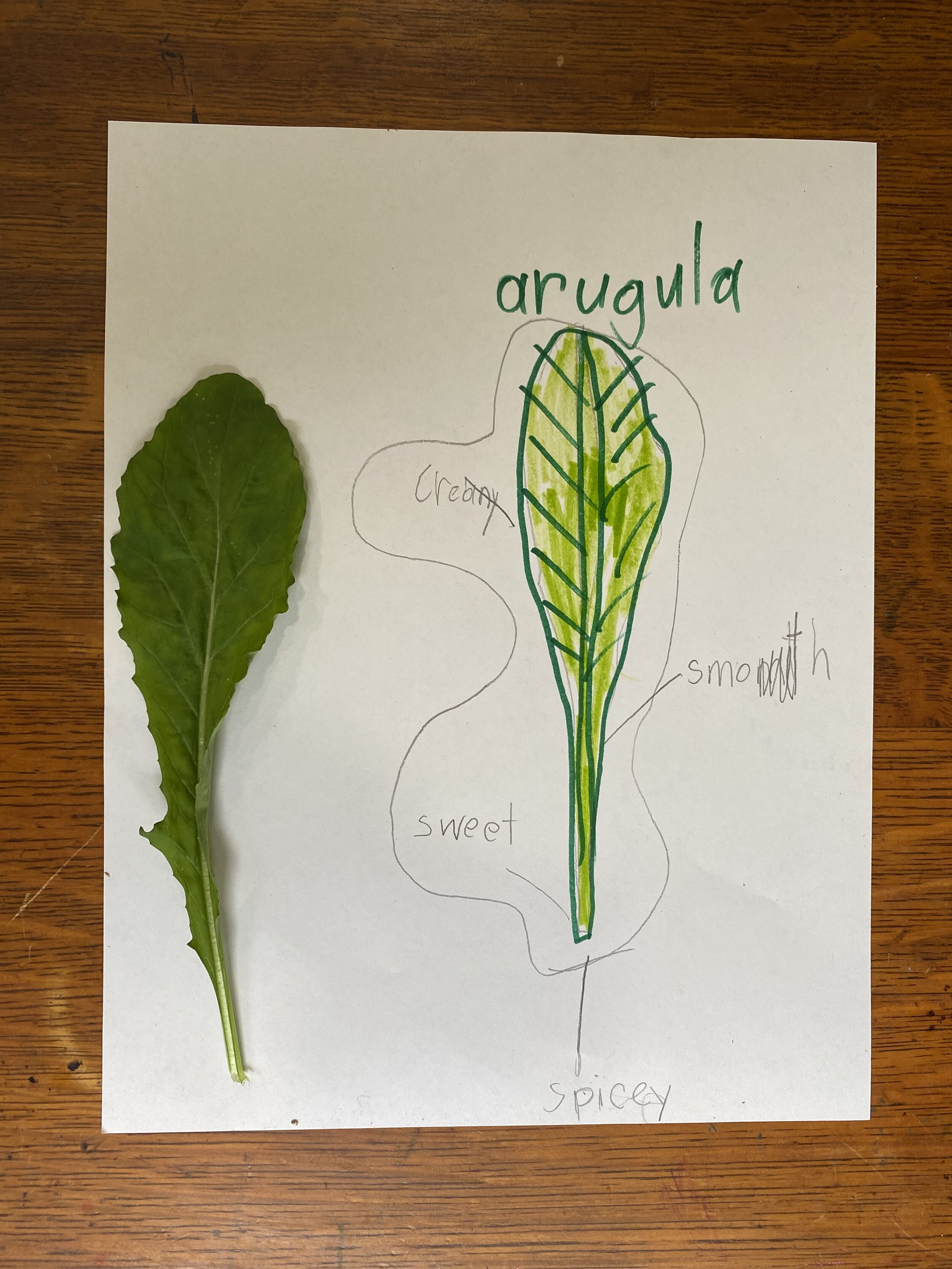Hello Growing Chefs! community,
We want to bring you up to speed on some island-based happenings we have been working on, and introduce you to some of our friends and collaborators.
Springing into Action!
This spring, we had an amazing group of over 25 volunteers excited and ready to share their knowledge in Victoria classrooms. We were geared up for one of our biggest years yet, expanding our reach with 5 new teachers and 2 new schools to offer the Growing Chefs! program to over 100 kids. Unfortunately, we did not get the opportunity to connect in schools, but we found new ways to reach even more kids and families online!
As you may have seen, our team had a lot of fun finding creative ways to bring our Spring Classroom Gardening and Cooking program online, with Growing Chefs! at Home. We could not have done this without the help of our amazing volunteers who helped us continue to serve our mission by sharing their knowledge and expertise via video.
Growing Together From a Distance
Growing Chefs! is proud to have joined Growing Together as a key collaborator to form an island-based initiative of food literacy organizations and growers to support our communities in these unprecedented times. We look forward to curating educational materials and resource listings, as well as promoting opportunities for mentorship and volunteerism.
This website is the hub for the Growing Together initiative. Stay tuned! You can also check out this Growing Together video to learn more about our mission.
Want to support food literacy initiatives in Victoria? Head to the Growing Together Volunteer Form to sign up!
Make sure to check out and follow along with the Growing Together social media pages on Facebook and Instagram.
Feature Spotlight from our Victoria Growing Chefs! Community
Indecent Risotto
Chef Andrew brought the Growing Chefs! Program to the island in collaboration with the Island Chefs Collaborative (ICC) in 2014. Chef Andrew and his partner Shannon have been major supporters of the program, volunteering in the classroom and participating in our Eat. Give. Grow. fundraising campaign. Together as local food champions, they run Indecent Risotto. We dig what they are up to! *Virtually passes the mic*:
Here at Indecent Risotto we believe that in order to cook great food you need to start with the best ingredients. From day one on our food truck we have always bought as many local ingredients as possible. From working with local farms for all of our produce, to local producers of meats, seafood and cheeses, we attain more than 80% local ingredients during the peak summer months.
The best part about doing things this way are the relationships that we have formed with our amazing suppliers. It is our way of building up our communities and truly understanding what it takes to create a local food economy. We feel honoured to be able to go directly to the farm 10 minutes down the road from us and see the changes the seasons bring. Being able to look at a crop and know in two weeks there will be a fantastic new ingredient ready for us to use is the best!
Andrew Paumier and Shannon Moriarty
Indecent Risotto Food Truck




